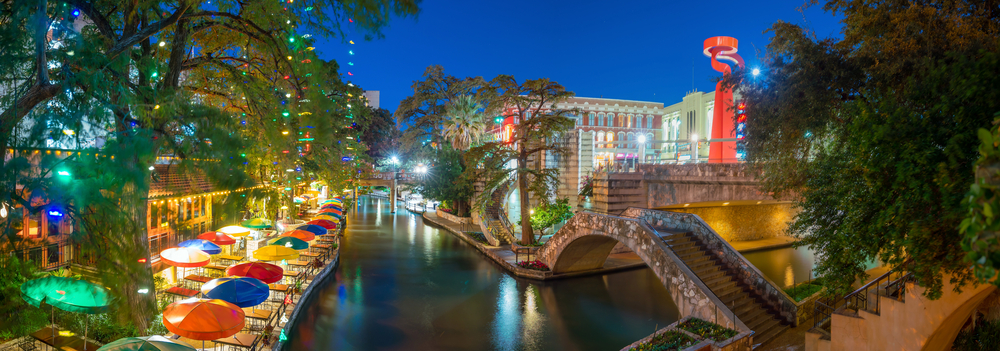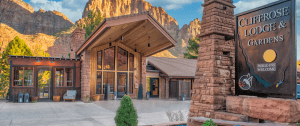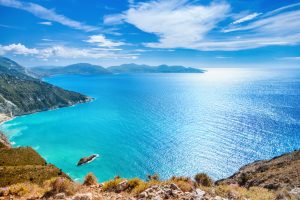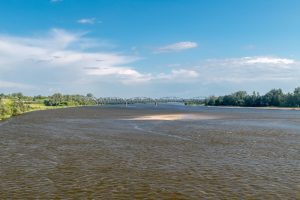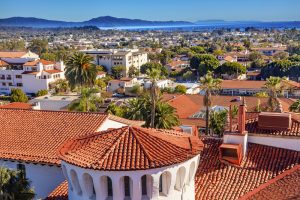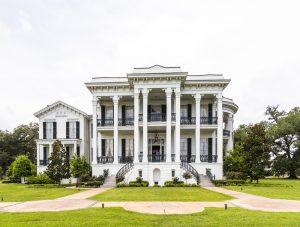San Antonio, Texas, is a great place to spend a weekend and see what this great city has to offer.
Make the most of your time in San Antonio by attending local events, visiting historical sights, going to the beach, indulging in local delicacies, and more.
In the heart of downtown San Antonio, the River Walk is home to several of the city’s most popular places of interest.
It’s an interesting and active area of the city that’s a few steps beneath road level and lined with cypress trees!
So, you may wonder, when is the best time to go to San Antonio?
The months of November through April are ideal for visiting San Antonio because of the mild weather and lower hotel rates.
In-state and out-of-state visitors flock to the state in droves throughout the summer months.
Families from across the state flock to San Antonio for its historical significance and family-friendly amusement parks when their children are off school.
Table of Contents
Where Exactly Is San Antonio, Texas?
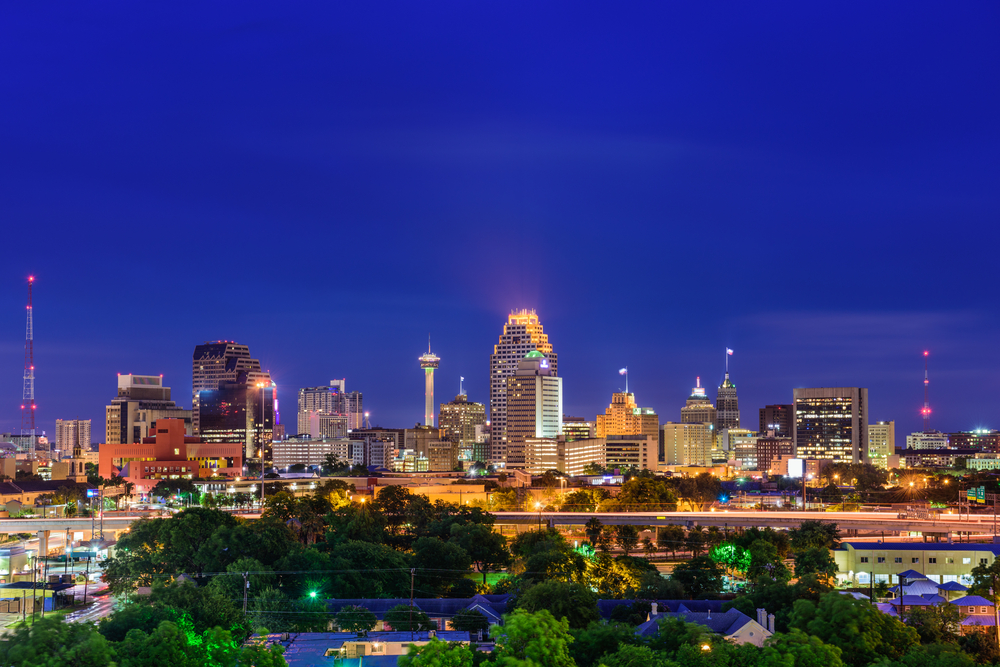
The city of San Antonio, in the state of Texas, is the state’s second-largest city, and second-largest metropolis in Texas, after Houston.
It’s easy to get around Texas from San Antonio, with Houston just over three hours away and Austin just 80 miles away.
Texas sits in the center of the United States, near the southern border with Mexico as well as the Gulf of Mexico.
Four states share a land border with Texas: Oklahoma, Arkansas, Louisiana, and New Mexico.
Why Summer Isn’t Ideal for Visiting San Antonio
The lengthy Texan summer, on the other hand, is nearly unpleasant for most people due to extreme humidity and temperatures surpassing 90 degrees F.
The crowds also mean more expensive accommodations and more congested attractions. Less rain means you’ll spend less money and have more fun at the city’s winter and spring festivities.
Visiting San Antonio Between November and April
(Ideal Time)
Temperatures range between the mid-60s and low 80s during these six months. During this time, conventions are in high demand, so be versatile with your travel plans and plan your trip around them.
If you book a trip to San Antonio throughout these months, you’ll also get to enjoy some of the city’s most popular cultural events.
Events of Note:
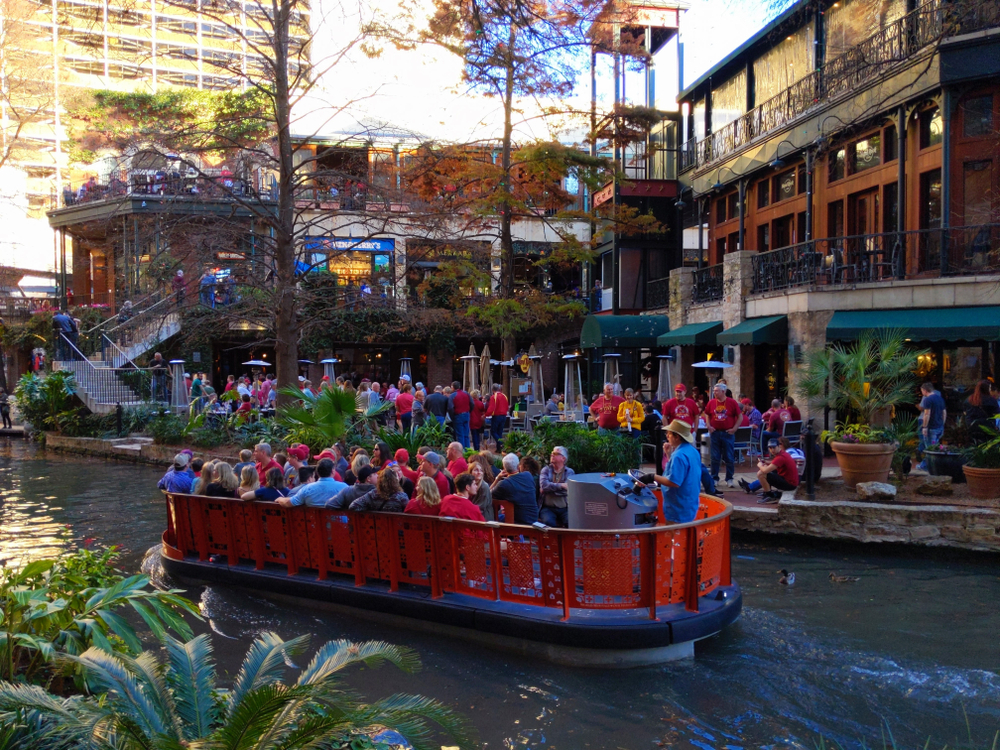
- Alamo Bowl in January
- Rodeo & Stock Show from February to March
- Fiesta in April
Visiting San Antonio Between May and October
This is the bustling and warmest time of year in San Antonio, so the city’s biggest sights and lodgings are dripping with tourists.
And because of the high season’s hotel charges, you’ll be sweating even more (sometimes the temperatures get to 100° or higher).
The rainiest months are May, June, and October, so be prepared with an umbrella.
Events of Note:
- Rio’s Nighttime Festival between May and August
- Juneteenth
- The German Festival of Oktoberfest
- Day of the Dead in November
- The Rock ‘n’ Roll Marathon during December

Things to Do in San Antonio, Texas
On the River Walk, you’ll find a wide variety of restaurants, pubs, stores, and hotels, making it an ideal starting point for your vacation.
San Antonio’s River Walk is by far the best in the United States. It doesn’t matter if you’re on foot or on a boat, the River Walk’s laid-back atmosphere will draw you in.
The Alamo and San Antonio’s colonial missions have left a lasting historical impression here. If you’re looking for a fusion of Mexican and American culture, you’ll find it here.
For foodies, San Antonio is the place to be, as it is a culinary wonderland! Despite its reputation as a mecca for Mexican and Texas-style BBQs, this region offers just about all kinds of food you might desire there.
Fredericksburg, on the outskirts of San Antonio, is a great place to go if you are a wine connoisseur and want to get away from the hustle and bustle.
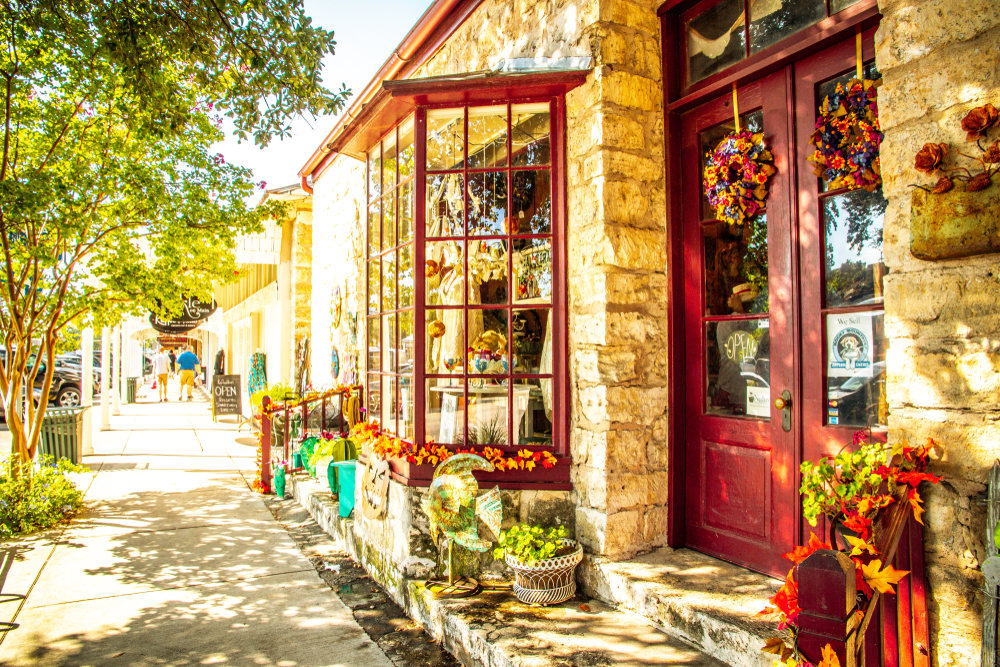
Springtime Festivities in San Antonio
It’s no secret that the residents of San Antonio are enamored with springtime. Temperatures are at their most bearable level, and the city comes to life as each flower blooms.
The San Antonio Rodeo and Stock Show, which takes place in February in this hot and humid city, is a signal that spring is on the way.
Bring the kids to ride the carnival rides or even pet the lovely livestock, then check back afterward with friends to see the various chart-topping performances that take place throughout the festival.
Exploring the Alamo
You can also take advantage of lower seasonal hotel prices to explore the Alamo on the anniversary of its battle.
You can also take tons of photos in the picturesque field of bluebonnets but be on the lookout for rattlesnakes.
Also, enjoy a nice dinner in a local restaurant. The Valero Texas Open is a great place to look for PGA champions.
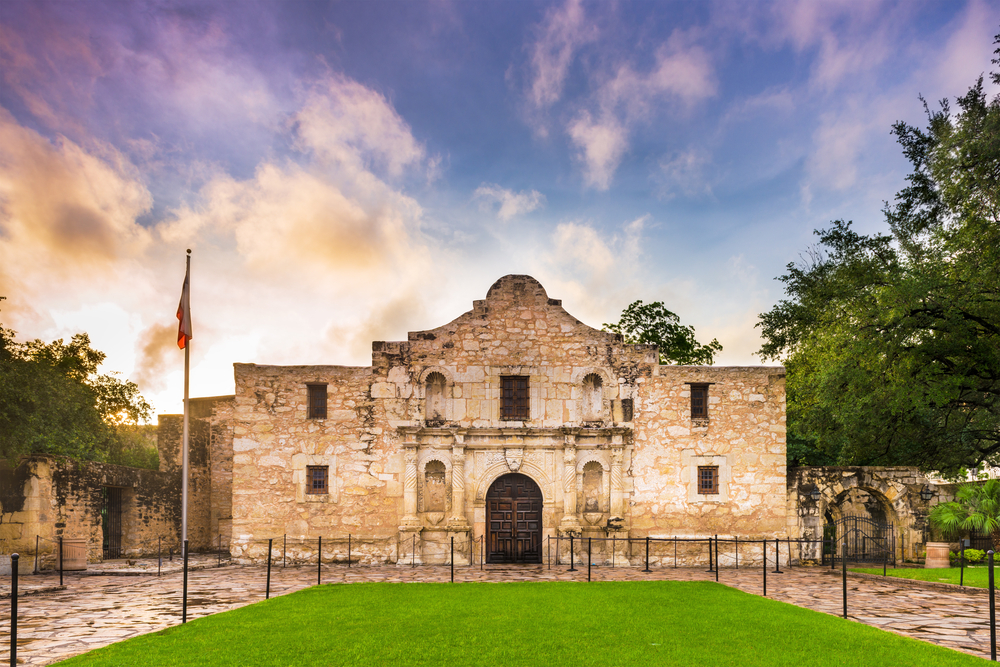
Let’s not forget about the season’s most anticipated event: Mardi Gras.
Mardi Gras
One of the most popular tourist attractions in San Antonio is the city’s annual Mardi Gras, or Fiesta event.
The place comes alive in April with a slew of cultural events, including parades, festivals, and parties, the biggest of which is the yearly Oyster Bake, which draws between 60 and 70 thousand people.
In addition to the “Battle of the Flowers Parade,” which was the first official Fiesta event, there are numerous parades that take place during the celebration.
Since 1891, this parade honors the Alamo and San Jacinto Battles’ fallen heroes and has become a local favorite because many people get the day off to celebrate.
The parade is led by a dedicated group of local women.
San Antonio’s King William District has a procession at the end of the fiesta that showcases a group of historic houses erected by German immigrants after the Civil War.
To commemorate the neighborhood’s rich history, the “King William Parade” and “King William Fair” are held each year.
Night in Old San Antonio (NIOSA)
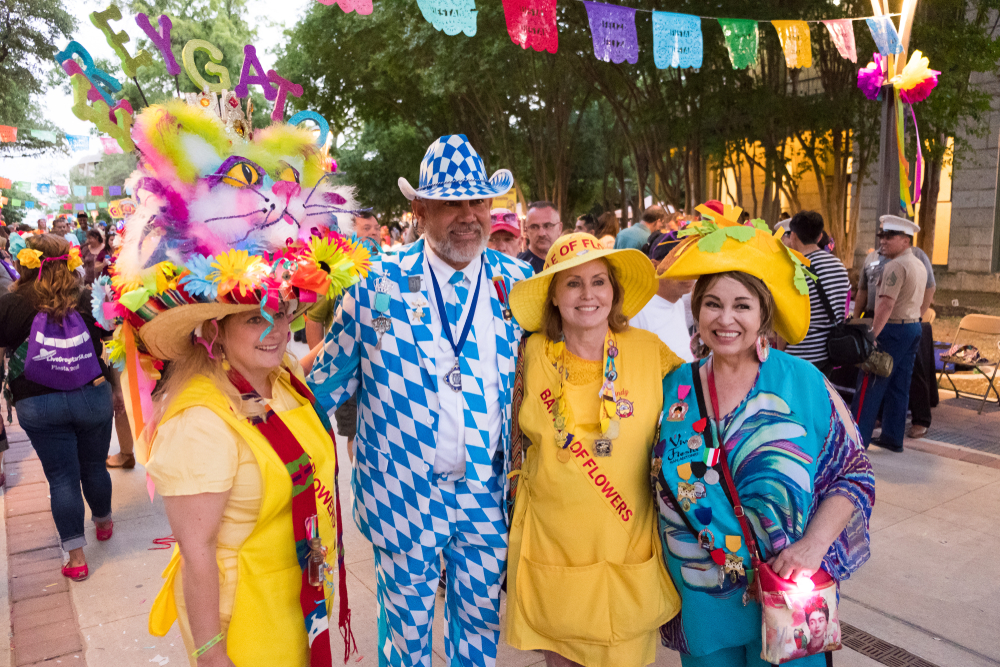
This is among the most popular Fiesta events, even though there are many others. This four-day celebration takes place in the center of San Antonio’s downtown, and it’s jam-packed with local food vendors, live music, dancing, and, of course, as many beverages as you can handle.
This is where food gets consumed by tourists searching for a taste of San Antonio. More than 17,000 pounds of beef, thousands of pounds of chicken, sausage, and turkey legs, plus over 25,000 buns are consumed by the residents at the festival, as reported by the festival’s promoter.
Is There a Beach in San Antonio?
While San Antonio might not always initially spring to mind when people think of a coastal retreat, its beaches are not only real, but they’re also really breathtaking!
While the coast is a long way away, the city of San Antonio is blessed with a plethora of freshwater lakes, rivers, and springs.
We’ve compiled a list of all the water sports activities in and outside the city for your perusal. Whether you’re an adrenaline addict, relaxation seeker, or just a fan of the beach in general, this list has something for you.
Where to Go in San Antonio for the Best Beach
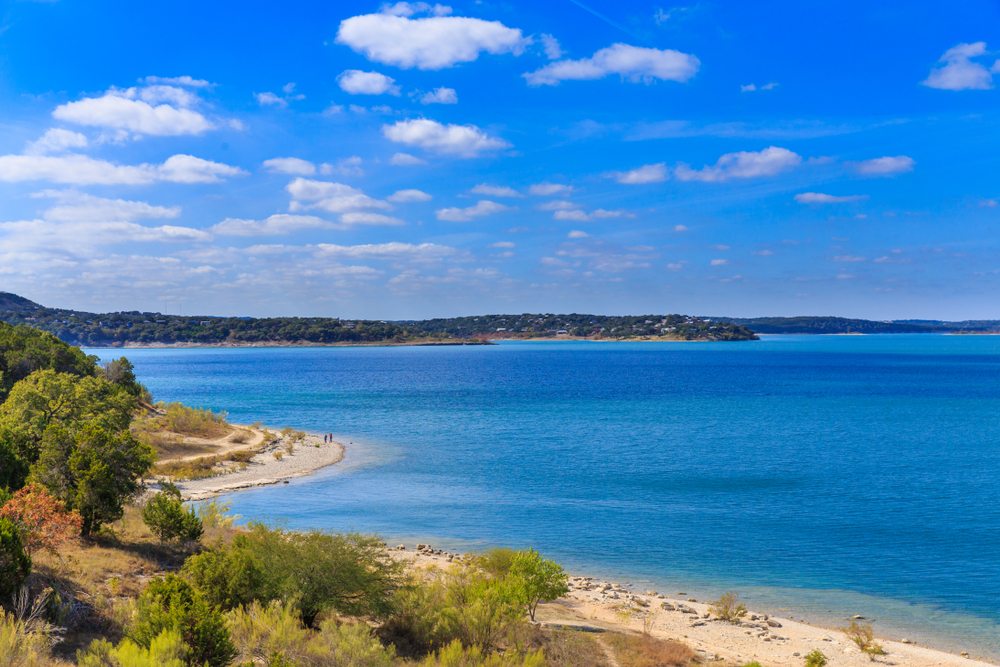
Here are three of the best beaches in San Antonio and its outskirts. There are many beaches, but we picked these options for your first visit.
Canyon Park Beach
To begin, the entrance fee to Canyon Park Beach is simply $5 per vehicle. Canyon Park, one of San Antonio’s most accessible beaches, features a small section for children, as well as deeper sections for kayaking and canoeing.
In addition, there are other water sports available, including wakeboarding, jet skiing, paddle boarding, and kayaking.
Even para-motoring is a one-of-a-kind experience in this city filled with fun for everyone.
Despite the lake’s accessibility, the shore is composed of stones rather than white sand, so you should bring water shoes with you.
Comal Park Beach
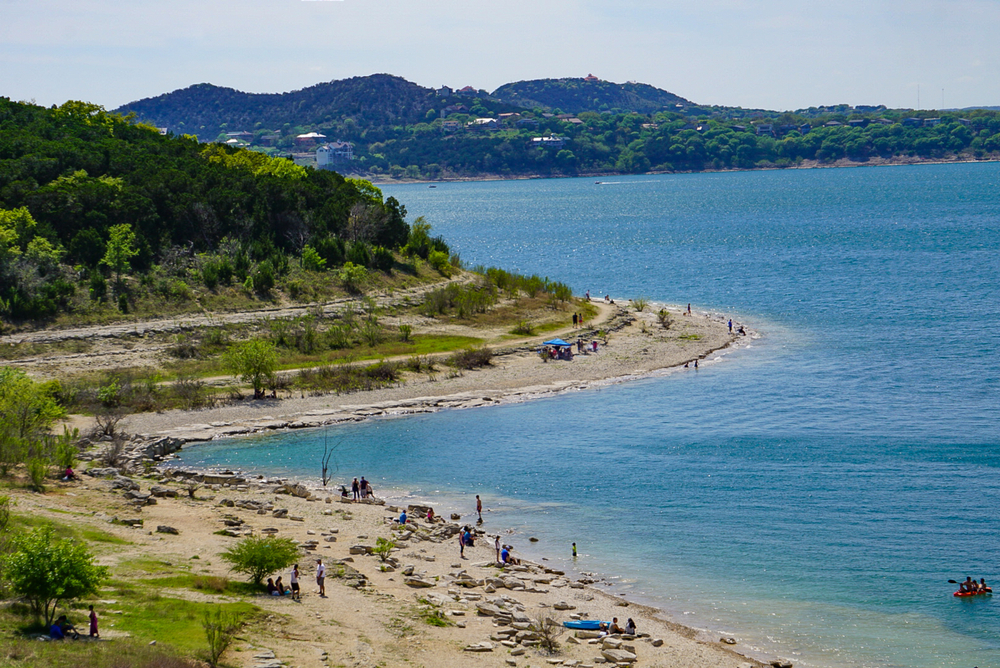
Beautiful blue waters and white sand beaches are within an hour’s drive from San Antonio for those who know where to look.
Comal Park, on Canyon Lake’s southern bank, is a popular swimming spot for San Antonians. The region is well-kept all year long and extremely safe.
You can play beach volleyball, have a picnic, or go boating in addition to sunbathing on the waterfront property.
Comal Park attracts a significant number of people, particularly during the summer months, so this may all sound a little too good to be true. However, we assure you it is.
Unfortunately, the lakefront lacks much in the way of shade, so be sure to bring a hat and lots of sunscreen.
If you want to get a good place near the water, we recommend arriving early in the day.
A non-county vehicle will pay $10 to enter the park between March and October.
Guadalupe River State Park Beach
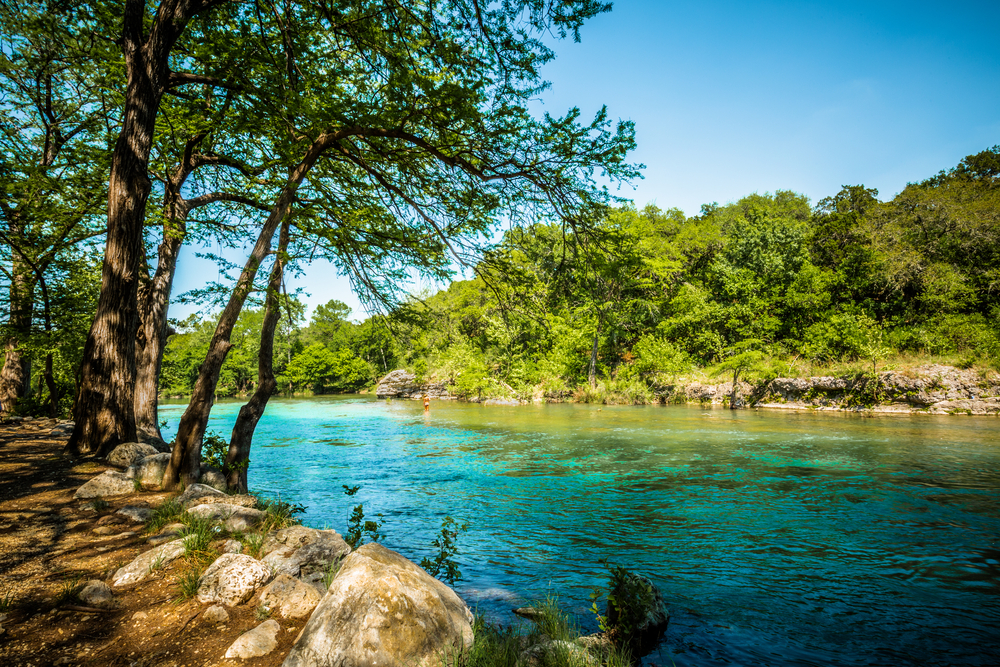
Tubing and paddling enthusiasts go to this waterfront area in Texas because of its four-mile stretch along the banks of the majestic Guadalupe River.
Because of the powerful current, you can float for hours on end and still see beautiful scenery all around you.
You will see more of the Central Texas scenery in a novel (and enjoyable) way with this tour.
If you’re looking for the whole Southern experience, you can take advantage of the region’s 13 miles of hiking and bike trails.
Adults pay $7 to enter. However, children under the age of 13 are admitted free of charge.
The History of the Alamo
Whether or not you’ve been to Texas, you’ve probably heard of the Alamo. The Alamo was first constructed in 1718, but the current construction dates from 1744.
The Battle of the Alamo, a 13-day siege that made the Alamo famous, began on February 23, 1836.
View of the Alamo’s entrance door, which is built of stone and has dark brown wooden panels.
To obtain independence from Mexico, the Texans had expelled their Mexican neighbors from Mexican Texas in the years leading up to the conflict.
There were both Tejanos (Mexican settlers) and Anglo-Americans in Texas.
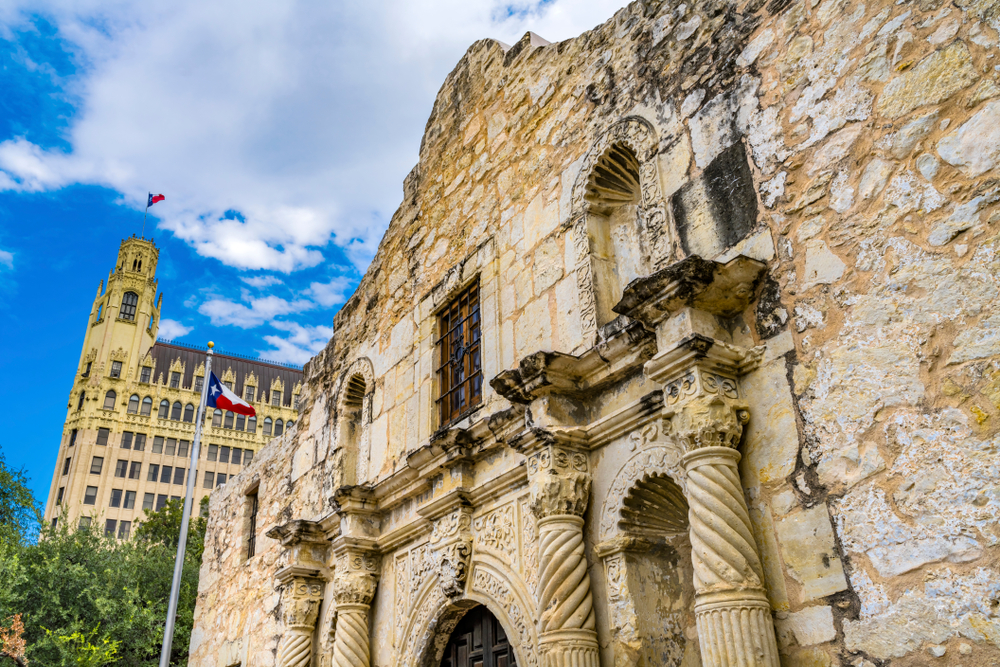
There were not enough Texans posted at the Alamo to hold off a Mexican force determined to retake Texas.
The Texans pleaded with the Americans to send reinforcements, but the United States was unable to comply due to its treaty with Mexico.
Alamo’s Defeat and Victory
The Mexican army stormed the Alamo in less than 90 minutes, capturing it and killing or wounding hundreds of Texans.
David (Davy) Crockett, a well-known Texan, was also among those killed on that fateful day.
Texas declared its independence from Mexico just under two months later, when its citizens stormed the Mexican soldiers, shouting “Remember the Alamo!”

